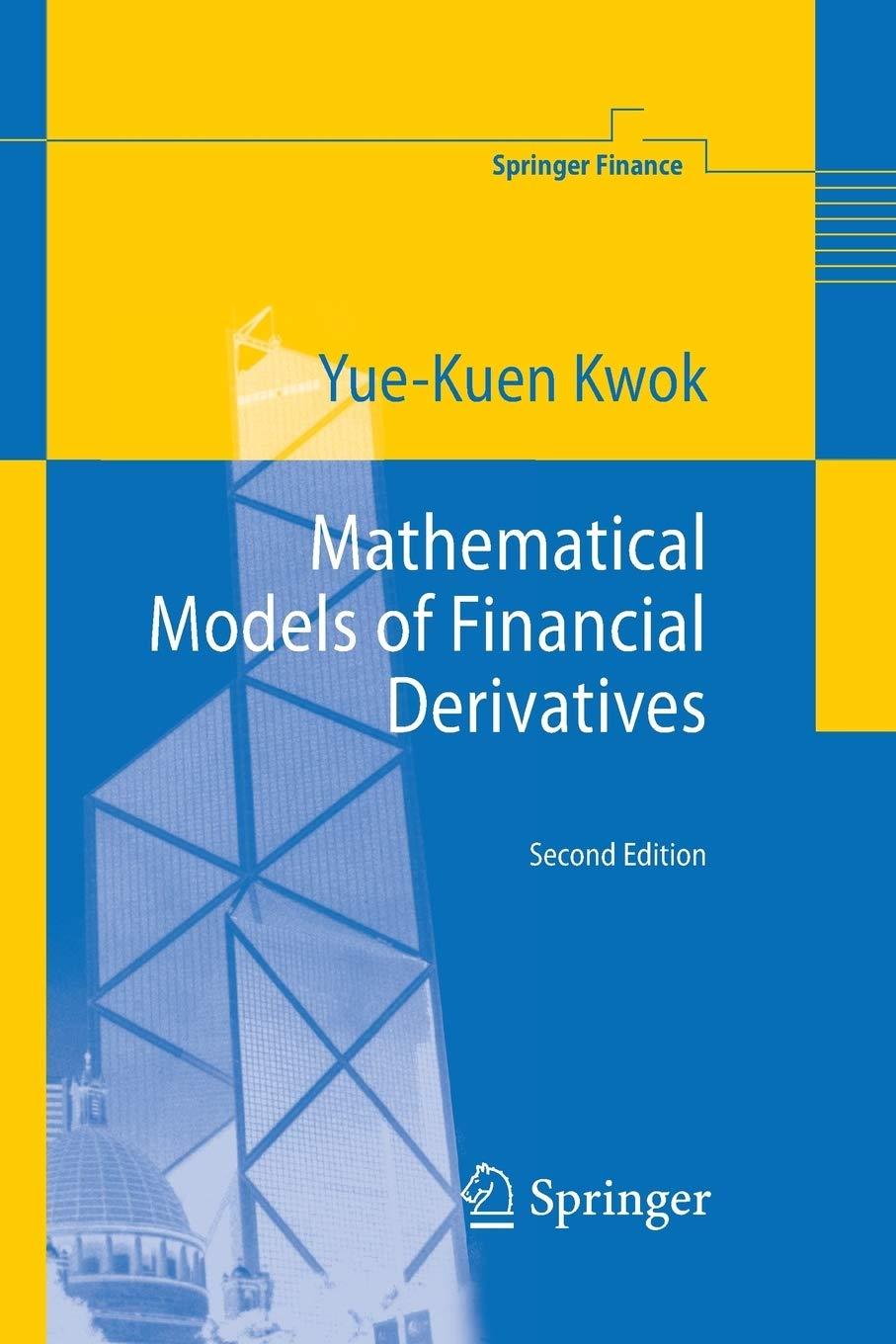Let the exit time density q + (t; x 0 ,t 0 ) have dependence on the
Question:
Let the exit time density q+(t; x0,t0) have dependence on the initial state X(t0) = x0. We write τ = t − t0 so that q+(t; x0,t0) = q+(x0,τ). Show that the partial differential equation formulation is given by

with auxiliary conditions:
![]() Solve for q+(x0,τ) using the partial differential equation approach and compare the solution with that given in (4.1.53b). Also, show that
Solve for q+(x0,τ) using the partial differential equation approach and compare the solution with that given in (4.1.53b). Also, show that

where P(x,t; x0,t0) is the transition density function defined in Problem 4.9.
Problem 4.9.
Let P(x,t; x0,t0) denote the transition density function of the restricted Brownian process Wμt = μt + σZt with two absorbing barriers at x = 0 and x = ℓ. Using the method of separation of variables (Kevorkian, 1990), show that the solution to P(x,t; x0,t0) admits the following eigen-function expansion [which differs drastically in analytic form from that in (4.1.48)]

where the eigenvalues are given by
 P(x,t; x0,t0) satisfies the forward Fokker–Planck equation with auxiliary conditions: P(0,t) = P(ℓ,t) = 0 and P(x,t+0 ; x0,t0) = δ(x−x0).
P(x,t; x0,t0) satisfies the forward Fokker–Planck equation with auxiliary conditions: P(0,t) = P(ℓ,t) = 0 and P(x,t+0 ; x0,t0) = δ(x−x0).
Pelsser (2000) derived the above solution by performing the Laplace inversion using Bromwich contour integration.
Step by Step Answer:






